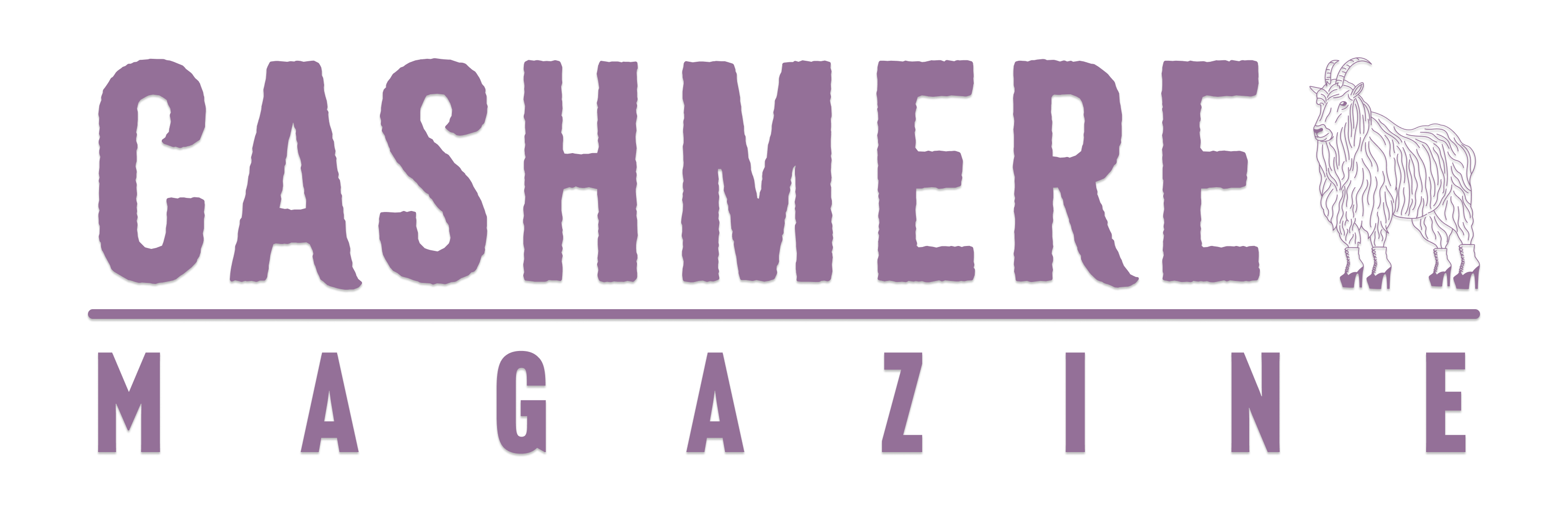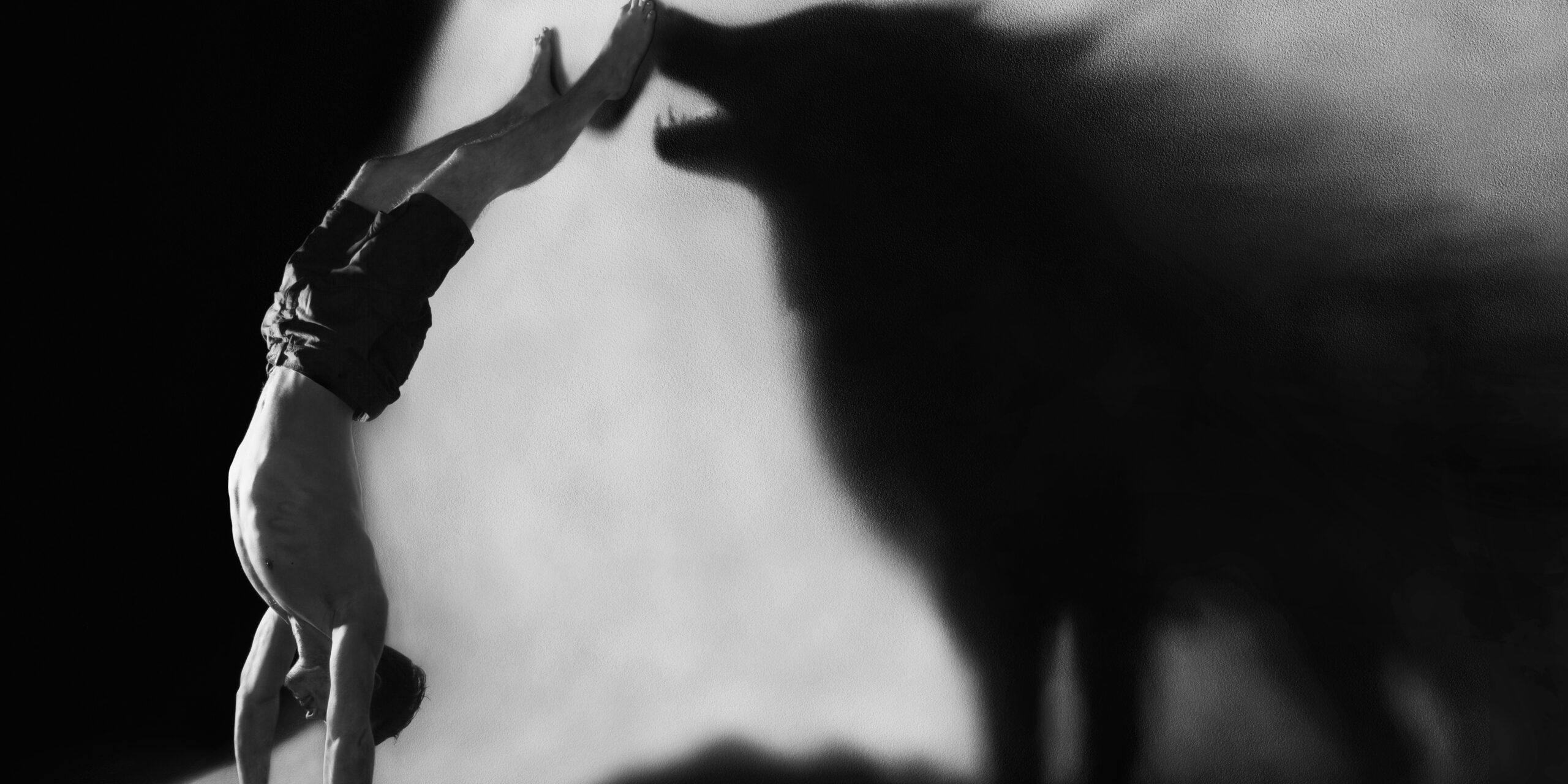What are the three genders? If you said “alpha,” “beta,” and “omega,” then you would be correct, at least as far as the omegaverse’s A/B/O dynamics are concerned. Welcome to one of the most popular (and controversial) erotica genres in recent internet memory: a world where humans interact with one another through animalistic power exchanges dictated by unique physiological structures and gender roles.
The omegaverse, which is also called A/B/O, is a term for a fiction genre that separates humanity into a system of dominant, neutral, and submissive sexual physiologies. In this premise, these genders exist separately from traditional conceptions of gender, i.e. “male,” “female,” and “nonbinary.” Together, characters have two sets of genders, such as “alpha women,” “omega men,” “beta nonbinary people,” and so on.
Speculative fiction around human mating cycles and otherworldly physiology date as far back as the mid-20th century, but in recent years, the omegaverse has spawned from writers in the Supernatural fandom. It’s since spread across the fannish world, appearing everywhere from the Overwatch fandom to the Marvel Cinematic Universe.
What makes A/B/O so interesting isn’t just its out-of-the-box premise but how it challenges our understanding of human bodies and physiology in order to create deep, lore-rich erotica narratives. Just as the sci-fi writers of the 20th and 19th century encouraged us to rethink the present by looking to the future, A/B/O reshapes our grasp on sexuality in everyday life.
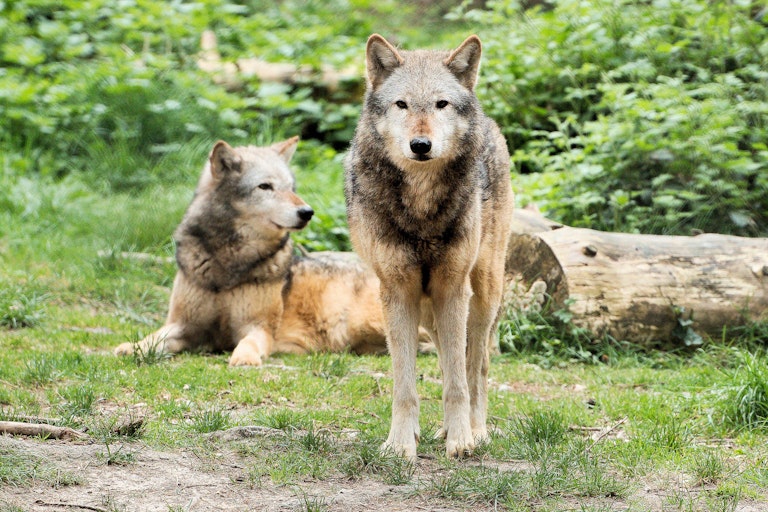
What is the ‘omegaverse’ and A/B/O erotica?
The “omegaverse,” also known as “A/B/O,” is a fictional genre in which characters are separated into alpha, beta, or omega genders. These genders dictate how they interact with others, usually on a sexual, erotic, and romantic level. A/B/O is based on a simplified, and inaccurate, iteration of wolves’ social dynamics imagined onto human circumstances.
Stitch, a queer fandom writer, told the Daily Dot that A/B/O dynamics appear in fandom content and indie webtoons, games, and romance works. Stitch says the omegaverse “reimagines what sex and gender could be” in a universe where characters have an “instinct driven” relationship with sex and sexuality. This means their bodies respond to mating cycles and scent, and their physiological cravings create a much more animalistic relationship with sex and desire.
The omegaverse does not have one set, canonical interpretation of A/B/O sexual dynamics. Instead, the “omegaverse” itself is a loose subgenre that lets writers create their own worlds and lore. However, most A/B/O stories involve three genders with physiological differences, which inform how characters interact with one another through complex power exchanges.
In traditional A/B/O stories, the alpha is the most dominant among genders. Next in the hierarchy is the beta. The beta is “basically your everyday human with some exceptions,” Velvelyami writes in “The Unofficial Guide to the Omegaverse.” At the tail end of the dynamic is the omega, who goes “into heats, increasing their fertility” while their sexual arousal is “through the roof,” Velvelyami says. Omegas and alphas generally let out scents to attract one another, which may further increase their arousal.
In many A/B/O stories, alphas have reproductive genitalia that let them impregnate the omega. The omegaverse’s origins lie in male/male pairings, where an alpha male has a “knotted” penis, or a penis with a bulbous base that locks the alpha in the omega’s orifice during sex. In these stories, the alpha may be able to impregnate the male omega upon ejaculation.
Alpha-omega relationships are core to the omegaverse, and many play out similarly to predator/prey dynamics, including alphas biting, scratching, or otherwise marking up their omegas. However, many omegaverse stories explore A/B/O life beyond alpha-omega pairings.
Additionally, A/B/O physiology does not always translate to domineering alpha personalities and submissive omega characters. This encourages creators to subvert genre expectations; one story, for example, depicts a submissive and shy alpha Peter Parker with an omega Tony Stark topping from the bottom.
The possibilities are endless, in part because the omegaverse is ultimately open to every creator’s interpretation and direction (at least, despite legal claims otherwise). Ryuu, a queer adult content creator who enjoys omegaverse fiction, believes this is core to the omegaverse’s power.
“[The] omegaverse doesn’t belong to any one person, and there are no rules,” he told the Daily Dot. “If people are curious about it but some aspects squick them out or they find them questionable, you’re free to pick and choose what you like.”
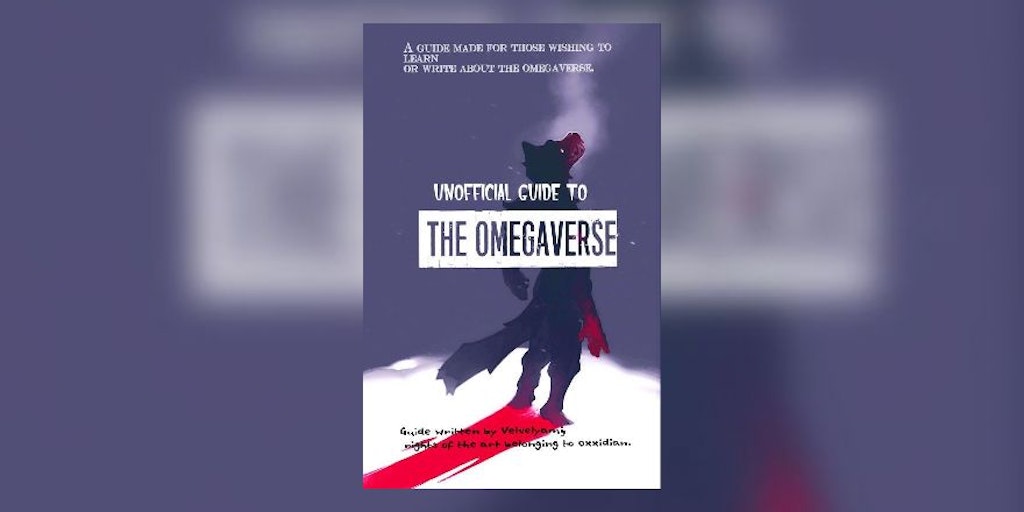
What’s the history behind the ‘omegaverse’?
While the omegaverse may seem strange, alternate universe (AU) takes on human sex and gender are nothing new. In Star Trek, the Vulcan “pon farr” mating cycle became a staple in Spock/Kirk fanfiction, according to Fanlore.
But humanoid heats and ruts are not just relegated to kinky fanfiction. Science-fiction writer Ursula K. LeGuin famously theorized an extraterrestrial, androgynous human world with monthly mating cycles (or “kemmer”) in The Left Hand of Darkness. On the planet Gethen, Gethenians spend most of their lives as androgynous humans who randomly become a cisgender male or female during kemmer. Only “perverts” remain one sex throughout their whole entire life, either by choice or through genetic divergence.
At the time, LeGuin’s work revolutionized the sci-fi literary landscape. Here was a feminist novel about life functioning outside a cisgender, heterosexual patriarchal society where “any friend may be a lover at a new phase of the moon,” as the book’s straight, cisgender protagonist Genly Ai says. This commentary challenged readers’ preconceived notions about the human condition. If life is dictated by patriarchal, heteronormative structures, what happens when those systems are replaced with other hierarchies?
“The purpose of a thought-experiment, as the term was used by Schrödinger and other physicists, is not to predict the future—indeed Schrödinger’s most famous thought-experiment goes to show that the ‘future,’ on the quantum level, cannot be predicted—but to describe reality, the present world,” LeGuin writes in an author’s note to The Left Hand of Darkness. “All [fiction writers are] trying to do is tell you what they’re like, and what you’re like—what’s going on—what the weather is now, today, this moment, the rain, the sunlight, look!”
A/B/O similarly introduces new imaginings of how society could operate if humanity existed as three distinct physiological genders. In this way, its stories reveal. They reflect new ways of thinking about life, sexuality, desire, and power. And they also challenge normative, vanilla conceptions of sex. Erotica doesn’t have to be realistic, it turns out, and A/B/O shows it’s quite normal for people to desire non-normative bodies.
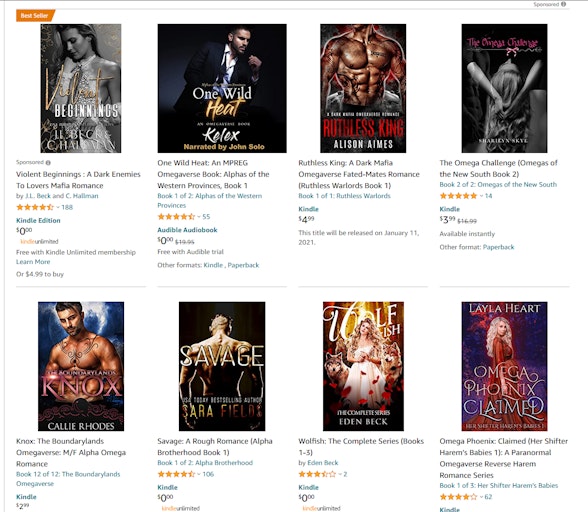
A/B/O’s fandom origins
Unlike traditional AU worlds, the omegaverse originally appeared through fanfiction as a form of erotica, and its relationship with erotic desire and kinky, feral sexuality is intertwined in its history.
A/B/O itself came from a Supernatural kink community LiveJournal prompt published in May 2010, according to Fanlore. This prompt resulted in a real-person fiction story (or story involving real people) called “I ain’t no lady, but you’d be the tramp,” where Supernatural stars Jared Padalecki and Jensen Ackles take on the alpha and omega roles, respectively. At the time, the term “omega” didn’t exist, although the story gave birth to many of the conceptions later seen in A/B/O male-male fiction, including knots, cis men with uteruses, and the (slightly infamous) “self-lubing hole.”
“Their world is just like ours…except…in their world there are two types of men. One is the alpha male, the other is the bitch male,” the original kink premise states. “Alpha males are like any ordinary guy with the exception of their cocks, they work just like dog cocks (the knot, tons of cum etc) The bitch male, is just an ordinary guy without the special cock.”
The omegaverse has expanded over the years, pulling in all sorts of different tropes. There are “ruts” and “heats,” periods of intense, monthly arousal that alphas and omegas experience before sex. There are rut and heat suppressant medications, female-female pairings, and additional genders. Many stories depict bisexual characters, such as omega women attracted to both alpha men and women. And there are stories with immersive worlds that completely reimagine society far beyond how we experience it today.
In that regard, A/B/O is just as much a literary genre as it is a horny one, even if its relationship with sexual desire makes it slightly more taboo than, say, LeGuin’s 1969 novel (which was already controversial for its time). At best, the omegaverse’s unique dynamics take outsiders by surprise; at worst, non-readers may kinkshame A/B/O fans. But if newcomers give the omegaverse a chance, they will find rich worlds tightly woven with lore that’s as thought-provoking as it is steamy.
“Omegaverse is one of those fandom things that seems bizarre, inexplicable, and even gross to outsiders,” Ryuu said. “But just like a lot of tropes and kinks, once you know what appeals it has to the fans and what emotions they seek from it, it’s easy to understand and relate to, even if the trope or kink isn’t your cup of tea.”
Omegaverse is more than just a kink
On the one hand, the omegaverse has an obvious erotic appeal, and it may prove sexually appealing to many readers. But given A/B/O’s science-fiction take on power exchange and gender dynamics through significant changes in human socializing, its social commentary makes it just as interesting as its sex scenes.
“For me, as an enby, I love the freedom to explore identity that omegaverse offers,” Stitch told the Daily Dot. “I read a lot of it even now and I vibe best with omegaverse [fiction] from queer authors who are like testing limits, playing with the boundaries of bodies, and sometimes (it depends on my mood) the experience of reading about reproduction that isn’t as stressful as it is in something like Call The Midwife (my best example as that show actually stressed me a ton!!).”
For some readers, A/B/O fic is far more interesting for its premise than anything to do with sex Stitch and Ryuu both told the Daily Dot about readers who enjoy A/B/O for non-sexual reasons, whether due to a general lack of interest in smut, or from asexual writers interested in A/B/O from an ace perspective.
“I have friends who are squicked out by pregnancy in general, so they write A/B/O heat stories without impregnation,” Ryuu said. “Others don’t like smut, but enjoy writing [safe for work] stories exploring the social dynamics. The sky is the limit!”
But for many, A/B/O appeals for both its erotic elements and its sci-fi lore. Ryuu prefers A/B/O stories with “in-depth, detailed world-building” about “how a world with these complex gender and sexual dynamics would work,” many clocking in thousands upon thousands of words to unveil their worlds. One of his personal favorites, fanfiction writer Odsbodkins’ “The Ties That Bind,” combines a Captain America omegaverse premise with fictional primary sources about A/B/O sex, from anthropological guides to a fictional sex ed article in Scarleteen.
“Of course, I usually won’t turn down a hot smut story in which an Alpha and Omega are lost in the throes of estrus and breed until exhaustion. But the ones that really stick with me afterwards are the ones that speculate what a world divided into A/B/O would actually look like,” Ryuu said. “I’m also finishing my degree in biology, specializing in ecology, and it’s a super fun exercise to think how such a sexual system could have evolved.”
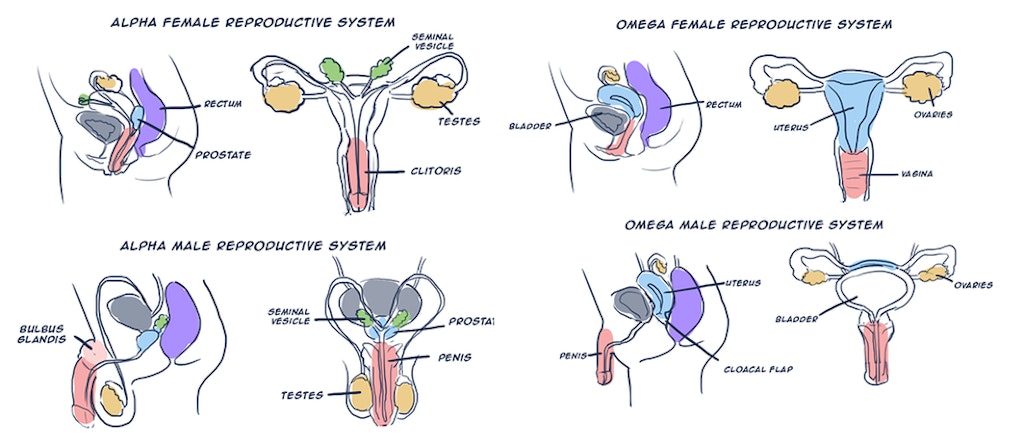
A/B/O: An ever-changing dynamic
Given A/B/O’s complex relationship with gender and sexuality, it’s no surprise the omegaverse ends up exploring complicated questions about transness, queerness, and gender essentialism. The omegaverse is malleable and encourages gender and sexual dynamics that queer our understanding of bodies. Besides, if all art is political, that includes A/B/O.
Many stories subvert expectations by reimagining human bodies on trans-coded terms. One queer A/B/O writer told the Daily Dot that the alpha-beta-omega relationship is far more nuanced than it may appear at first glance. The writer said that because A/B/O is “a step outside of the reproductive oppression trans people face in the world,” it frees gender and sex from heteronormative conceptions of reproduction.
“I have written male alphas, male betas, male Omegas, I have written female alphas, female betas, female Omegas. I’ve written non-binary alphas, nonbinary betas, non-binary Omegas. I’ve played with the idea of these dichotomies of male non-binary and female and alpha beta and omega,” he told the Daily Dot. “Just think about the power fantasy that is for transgender people. That it is not whether you are male, female, non-binary, or intersex whether or not you can impregnate or be impregnated, no, it’s based on something else. It’s based on whether you are an alpha, beta, or omega, it’s not even questioned.”
In these ways, A/B/O doesn’t just complicate our conceptions of power but how we relate to one another during queer sex, too. A Dominant woman can also receive unrestrained desire. A submissive can be overbearing and animalistic. These paradoxical contrasts make A/B/O fun for writers and readers alike, inviting new ways to think about how intimacy works between two or more partners.
Or, as the writer said, A/B/O is “so much more” than a Dominant alpha cis man impregnating a submissive omega cis man. By embracing gender variance, writers can create kinky A/B/O stories that “subvert” expectations.
No better example exists than “Easy as O, A, B,” a 2012 BBC Sherlock female-female fanfiction pairing between Dr. Molly Hooper and dominatrix Irene Adler. The story involves Molly, an omega, struggling with her attraction to Sherlock Holmes and Irene. Molly is an aggressive bottom, as submissive as she is thirsty. When she has sex with Irene, Molly displays a borderline feral craving for Irene, simultaneously awaiting orders and eager to scratch and claw and make love. Her intense desire challenges traditional conceptions of domination and submission, plus lesbian sex, and encourages readers to rethink what queer desire can look like between two partners romanticizing power.
On the other hand, A/B/O writing often reflects the author’s views on gender, sex, and race, sometimes in less inclusive ways than others. Stitch, for example, warns how A/B/O writers commonly don’t understand how power operates in the world, let alone real history. In the X-Men fandom, for example, writers would replace the Civil Rights movement with “the omega rights movement,” Stitch said, not unlike the series’ “mutant rights movement” narrative. Just as much as A/B/O can challenge readers to think about sex and gender outside the norm, it can ultimately reinforce oppression, too.
“[If] you’re writing anything involving detailed world-building, account for how real world oppression and history could change what you’re writing,” Stitch said. “You don’t need to INCLUDE it of course, but there are unfortunate implications that some folks miss when it comes to writing Black characters as alphas almost exclusively in Omegaverse, for example.”
Additionally, Stitch encourages writers to avoid gender-locking A/B/O dynamics in their world-building. For example, writers should create worlds where trans women feel welcome and included as omegas, regardless of whether trans women appear in the story as protagonists, they said.
Writers should also rethink the A/B/O dynamic beyond purely sexual terms. For instance, many omegaverse stories treat the “heat” and “rut” sexual cycles as innate and create worlds where “only sex matters and if you don’t want it, you’re wrong or broken,” Stitch warned. This is a problem for ace readers who do not feel sexual desire and thus may feel excluded and unwelcome in these worlds.
These contrasts reveal an erotic genre that’s filled with a wide range of political beliefs, some more friendly to marginalized readers than others. But the omegaverse, like many things, is not inherently bad nor good. It’s the writer who ultimately defines the world’s relationship with the marginalized, and a skilled, inclusive writer can make their world affirming to many different types of readers beyond their own identity.
“When it comes to myths, I want to dispel the notion that this is a genre/trope in fandom solely used by cishet women to write wild sex. You can find incredibly insightful AND [horny] omegaverse written by queer folks who are utilizing the popularity of the trope in fandom to be seen and to write content that affirms their gender, their right to a solid and supportive position in the world, and their desires for intimacy,” Stitch said. “You just have to look and ask for recommendations rather than writing the entire Omegaverse off!”
Science-fiction is a reflection of the present, a “thought-experiment” that metaphorically describes “reality, the present world,” as LeGuin writes. A/B/O gives us new ways to think about reality in staunch ways. The omegaverse reveals how adult works can teach us about the world around us. And its literary merits are no less valuable just because of its kinky nature; in fact, its feelings on sexuality and eroticism make these stories irreplaceable by any other genre.
Editor’s note: This story has been updated to clarify the anonymous source’s role as an A/B/O writer.
